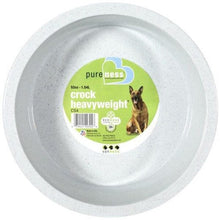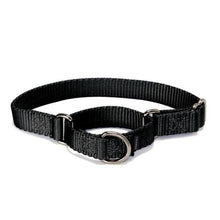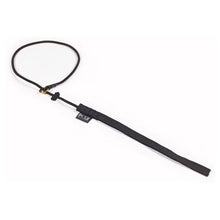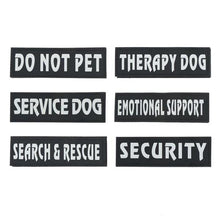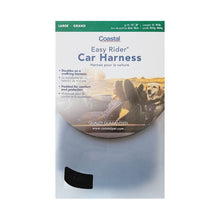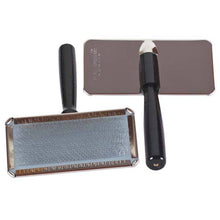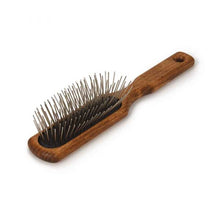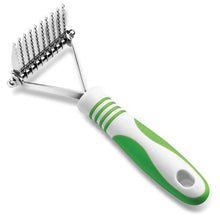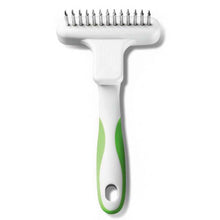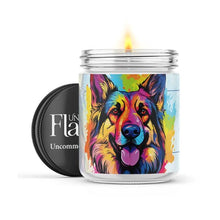How To Stop A Non-Lethal Dog Fight

They generally happen when one dog has had enough, jealously, or over territory such as space, food, or toys. The dogs typically will snap, snarl, growl and sometimes nip or engage in inhibited, gentle biting without causing injury. Sometimes a dog will end up rolling on their back, suddenly bow out, or walk away.
These types of spats are usually over in a few seconds with the dogs seemingly settling their differences canine style. They then go on with their day as if nothing happened. However, there are signs that something more aggressive could be going on if things start to escalate.
More aggressive or escalating behavior or fights between dogs are usually marked by attacks or fights coming out of nowhere or due to resource guarding. This type of fighting doesn’t always mean it will trigger a vicious, to the death dog fight but it can lead to more serious problems. These fights last longer and usually involve:
• Raised hackles
• Lunging
• Loud growls
• Yapping
• Showing teeth
• Spit flying
• Posturing
• Mounting
• Lunging
• Bullying another dog
• More serious biting, even if it’s still inhibited
Dogs that live in the same household, socialized dogs that have always been friends, or dogs that truly are not aggressive can usually resolve these types of battles on their own and walk away unhurt. But there is always the risk they can escalate.
If your dog is the aggressor of these types of smaller tiffs, it’s best to nip the behavior in the bud before it escalates into a more serious problem. It’s also helpful to remove the stressor or trigger to a fight whenever possible.
Escalating behavior should never be allowed when it involves a more vulnerable versus more powerful dog, such as large dogs and small dogs, seniors and young dogs, older dogs and young pups, or sick and healthy dogs, or, if two dogs gang up on one dog.
Socializing dogs and showing them what behavior will not be tolerated will help prevent more serious behavior problems, even between dogs that don’t know each other. Training them not to resource guard also helps prevent fights.
Even though most experienced owners can tell the difference between a small tiff between canine friends and escalating aggressive behavior, people always need to monitor and have control over their dogs.
How To Break Up A Non-Lethal Dog Fight
So what do you do if a non-lethal dog fight breaks out between dogs? Once you realize that it’s not a scuffle that’s going to stop on its own, try to stay calm. Dog fights can be scary and you’ll need to have your wits about you.
According to most experts, one of the best ways to break up a dog fight is the “wheelbarrow method.” It’s the safest way to break up a dog fight by two people grabbing the back legs of each dog and separating them.
Each person stands behind the two dogs grabbing both back legs while pulling them apart. If they are small, you can grab them by the tail to lift their legs. Both people hang onto the dogs while backing up until control of the dogs is regained so they can’t start fighting again.
That’s great advice but if you’re alone, what do you do?
Try to identify the most aggressive dog then take leash and slide it under the dog’s belly. Grab both ends of the leash to make a sling and pull down toward the groin and back legs. If possible, make a loop so the sling is stronger. Then lift the dog’s back legs using the leash and pull the dog away.
Hopefully this will break the dog’s concentration and interrupt the fight. If the dog is calm enough, leash the dog and remove it from the area. If this is impossible, you can try to grab the legs of just the aggressor giving the other dog a chance to move away.
If those methods are impossible, try to:
• Spray the dogs with water from a hose to hopefully break their concentration
• Be prepared with a deterrent spray such as Direct Stop, made with citronella.
• Invest in a loud air horn that makes different sounds
• Throw a blanket over the aggressive dog so it can’t see
• Place a barrier between the dogs like a trash can or board
• Keep a parting stick, a stick that can be twisted sideways to unlock jaws
Preventing a dog fight is obviously better than breaking up a dog fight. Whenever possible intervene before a fight breaks out. If your dogs do get into a fight, protect yourself from getting bit by keeping your hands and face away from the dogs.





